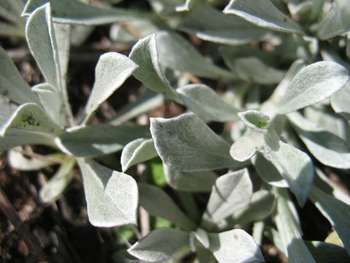New rare species found at Sand Coulee: small-leaved pussytoes

Small-leaved pussytoes were recently discovered at the Hastings Sand Coulee Scientific and Natural Area, which has been a focus of FMR's conservation, restoration, and stewardship efforts.
On Thursday June 10th, during a FMR led tour of the Hastings Sand Coulee Prairie SNA, a new rare species was discovered, bringing the number of known rare species in this incredible prairie to 14. Dave Crawford, one of the tour co-leaders and former DNR Park Naturalist at Wild River State Park, noticed the species as something potentially different. The identification was later confirmed by DNR ecologist, Hannah Texler.
Small-leaved pussytoes is associated with dry prairie and oak savanna communities. Since over 90% of these natural communities have been destroyed in Minnesota, this plant has precious little habitat remaining in the state. As a result, this plant is classified as a species of special concern.
Antennaria parvifolia has an interesting natural history. It seems that throughout its range in North America, most populations consist mostly, if not exclusively, of female plants. It is able to produce viable seed without DNA recombination, which normally takes place when pollen is moved from plant to plant by a pollinator or by the wind. This plant also reproduces vegetatively by horizontal stems, forming large mats, but it primarily reproduces through seed. Please visit the Minnesota DNR site for more information on this species.
Conservation Director, Tom Lewanski